I’ve been reflecting on the fact that I seem to enjoy ornament and decoration in a variety of historic buildings, but not in contemporary buildings.
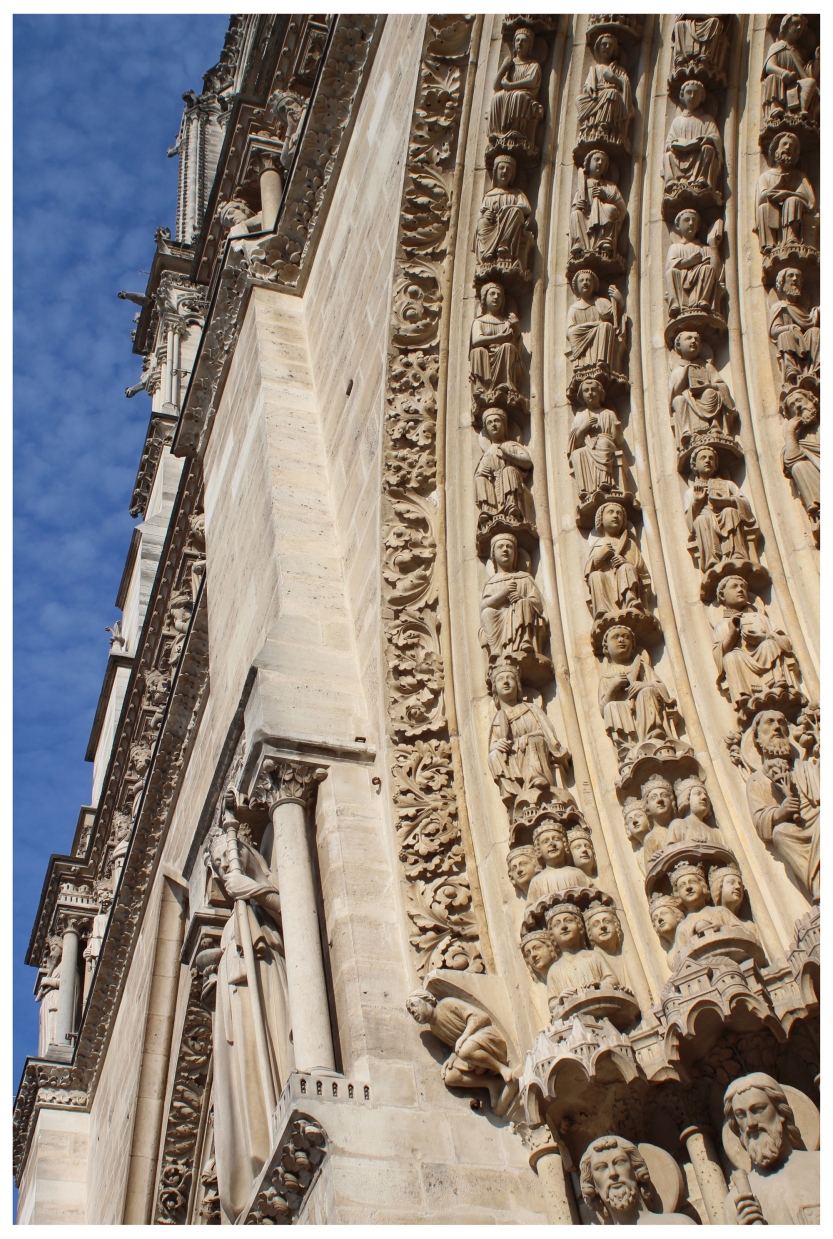
Perhaps I’ve been indoctrinated to Modernist thinking – but it’s not a wilful submission – I really, honestly think the Barcelona Pavilion is sensational. But if I have been indoctrinated, then as an architectural tutor I might be passing that indoctrination on; perpetuating in my own little way an ideology which accepts and celebrates ornament in Gothic Cathedrals but not in contemporary architecture. Similarly – how can I justify being so dismissive of the Classical / Traditional Revivalists (see the popular architectural punch bag at Poundbury), while enjoying the historic buildings that those architects are attempting to pay tribute to?
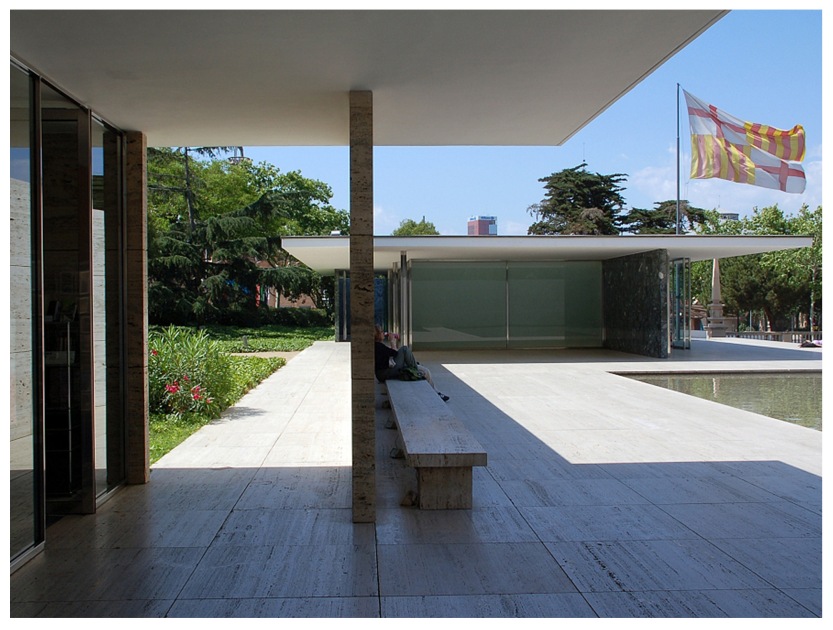
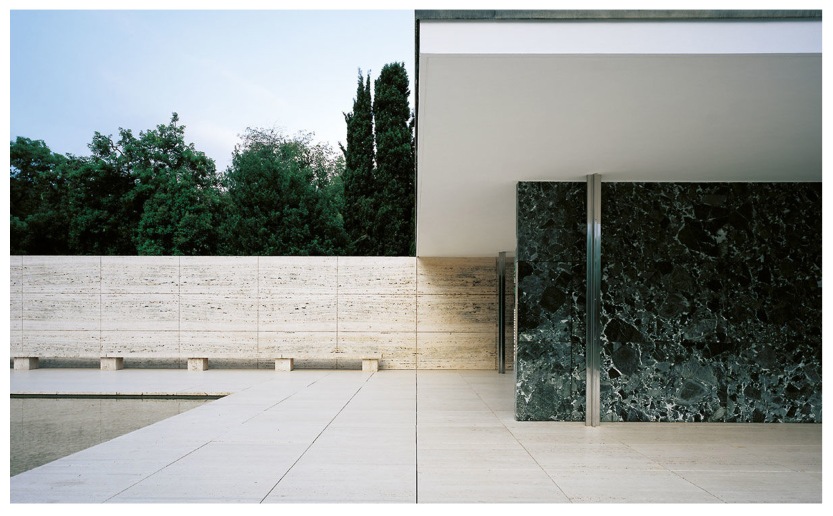
Perhaps it’s best to accept and embrace the differences… In music I enjoy the Chemical Brothers and Nick Drake equally (and they articulate very different sonic aesthetics!).
I recently reviewed a series of drawings produced by students to record the architecture of key buildings in Cambridge and Edinburgh. It feels somewhat uncomfortable, that having commended the way the students had captured the exquisite beauty of the ornament in those buildings, I’ll probably help them to pursue archetypal Modernist clarity (characterised by an absence of decoration) in their own design projects later in the year.
In some (historic) buildings it seems like the decoration and ornament is the specific quality that makes the architecture impressive and memorable, yet in other (contemporary neo-classical) buildings could be considered evidence of lamentable and unworthy pastiche. My instinctive reaction is that the critical issue is something to do with the era of the architecture and its prevailing cultural / architectural context.


So, in great historic buildings the beauty of the architecture is supported by the richness and crafted intricacy of ornament and decoration. Meanwhile, in great contemporary buildings the beauty of the architecture is supported by the rigour of pure space and clean lines – the absence of ornament and decoration. Does a building really have to be 400 years old before I’ll revel in all that ornament? Can there really be a statute of limitations on embracing decoration in / on buildings?
Really?!
There’s a problem with my own rationale here which feels uneasy and uncomfortable. It’s difficult to explain, and therefore, it’s difficult to defend!
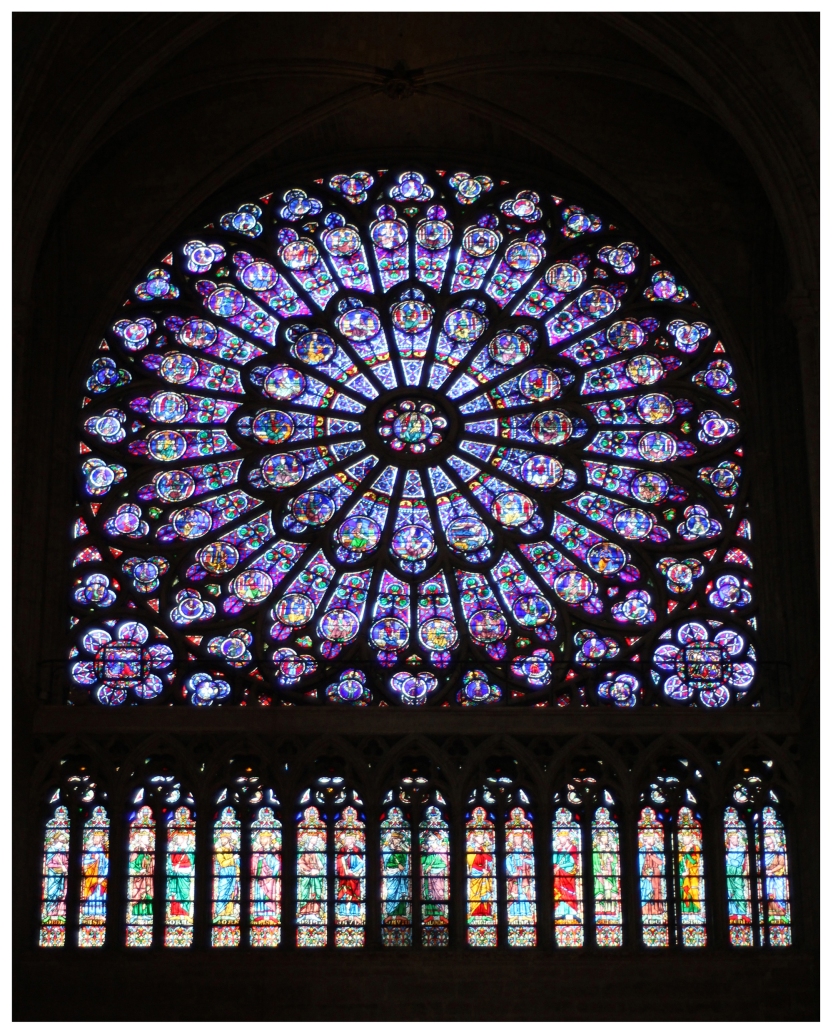
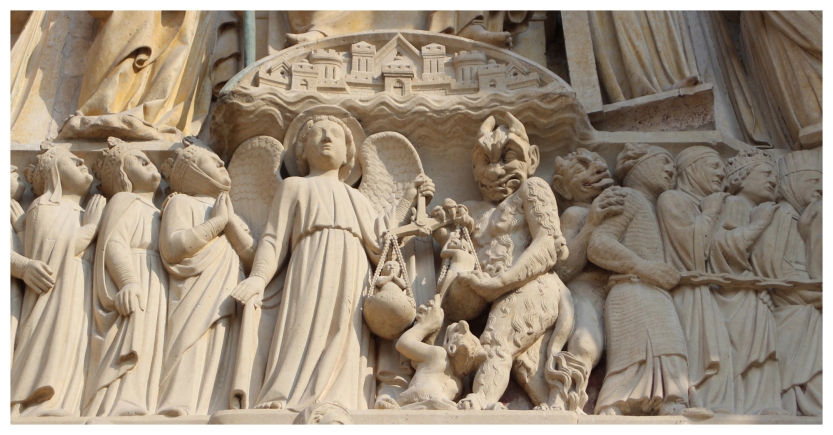
this is an amazing post! loving the photos as well! do check out our latest post http://wp.me/p92159-h0
LikeLiked by 2 people
Thanks – yes, I’ll check it out!
LikeLiked by 1 person
Very interesting read and while I am not well rounded in architecture, these thoughts are probably something we all subconsciously think when we’re looking at buildings depending on if they’re “newer” or “ancient.”
LikeLiked by 2 people
Yes – I think you’re right – it’s about perception (and pre-conceived ideas), and context.
LikeLiked by 1 person
I agree 100% !
LikeLiked by 2 people
As I read this, I thought about how communication and art mediums have shifted over the past 400 years. Could it be that because buildings, and the ornate decorations adorning them were one of very few public canvasses at the time and because modern eyes, like ours, are bombarded by art and image at every turn the simplicity of our buildings has almost become necessity to rest our minds–like smelling coffee grounds in the middle of a wine tasting? A pallet cleanser?
LikeLiked by 2 people
Good point Angela, I think you could be right. I think there’s also something in the Modernist ‘model’ which is about being tangibly different from that which existed in the past.
LikeLiked by 2 people
Beautiful pictures!
LikeLiked by 1 person
It’s all about the perception.
I am loving the pics, especially Notre-Dame Cathedral. 😍
LikeLiked by 2 people
Like you, I love architecture from all periods but usually because they represent different periods. The ornamented building of the past is an expression of the zeitgeist of that era whereas something that copies its ornamentation is simply pastiche. It’s the difference between an old table with the patina of time clearly expressed on its surface and one that’s been faked – a kind of cynicism. The Barcelona Pavilion is a clear demonstration of the zeitgeist of the late 1920s. The ornamentation examples that you give are copies, though, and I wonder how you feel about post-modern touches or use of colour?
LikeLiked by 2 people
Thanks for your comment Colin.
Yes, there’s certainly a critical relationship with time (and place) in the manner that decorative elements are applied to architecture.
My instinct matches yours; that examples like Poundbury are desperately poor – pastiche architecture.
I deliberately included rather ‘extreme’ examples in the images. In more moderate cases, there are interesting examples of decorated contemporary buildings which display a sense of ornament, without indulging in pastiche.
LikeLiked by 2 people
This was such an insightful essay for me to read and touched on an internal (and ongoing) debate I’ve had with myself for years. In university, I studied architecture, and experienced similarly conflicting feelings, which you so succinctly described, in terms of revelling in the ornamental decadence of gothic cathedrals from centuries ago, but then having a more adverse response toward modern renditions and homages of this very style. Somehow, in a modern context, these variations seem far more contrived. Just as you said, it’s an ambiguous and uncomfortable rationale to understand and therefore, defend!
I look forward to following your blog and reading more of your thoughtful essays.
LikeLiked by 2 people
Thanks so much – I’m really delighted you enjoyed the essay! It’s a difficult question – sounds like we’re on the same page. Thanks for your interest in my blog, I hope you find something of interest in the previous posts.
You might want to check this one out…?
https://dynamicstasis.blog/2017/07/18/a-minimalist-preamble/
LikeLiked by 2 people
Your photography is stunning! I’ve enjoyed the photos in your Paris post as well as this one! Thanks for sharing!
LikeLiked by 1 person
Honest, smart, and thought-provoking. As an Art History student I thoroughly enjoyed this. Oh, and the post title is catchy, too. 🙂
roughlyhuman.com
LikeLiked by 1 person
I wonder if your liking for decoration on older buildings and not on new ones stems from the fact that we no longer employ craftspeople to attempt this kind of decorative work on a large scale – we collectively value the time of craftspeople more now. Perhaps if people were accessorising today’s buildings with the same degree of skill, you’d find it equally interesting. Just a thought!
LikeLiked by 2 people
I think there certainly is some truth to that. My experience in contemporary construction is that in many cases contractors struggle to deliver a high quality of craftsmanship, and when given the option clients are often not prepared to pay for it – the preference generally being towards homogeneous technical ‘systems’ – which are installed (as opposed to being ‘built’).
LikeLiked by 1 person
Hello,
That’s a very intereting theme… Yes, I believe that the context determines what’s good and what’s bad. But I am sure it’s possible to play with ornamentation in a modern way. There must be a counterexample to your general preference 😉 I am not knowledgeable about architecture but surely interior design proves this: for example matching overall industrial/beton style with retro touches such as crystal chandelier. (It can work just fine :))
Yes, indeed, that’s the most exciting challenge of design in general: how to refer to the classical, the traditional in the modern?
LikeLiked by 1 person
No, I do not think that you have to wait hundreds of years before you appreciate some architectural wonders. I really think that the “modern” fashion (be it structural design, interior design, what have you) is just not as interesting. Oh, I LOVE Gothic cathedrals. The way I see it, when I am in such buildings (or even pass them), I feel like there is a different atmosphere. Magic of some sorts. “Modern” buildings are just so cold. Very clear cut, bland and with no imagination. How do you get to feel inspired by all square angles, white (or shades of white) walls and no decoration? It reminds me of a hospital. So sterile. I almost feel like any decorations added would help. Sure, some people would like it, others would not, but at least it would be taking a risk and not playing it safe.
LikeLiked by 1 person
Thanks for your comment. I appreciate your remark about the atmosphere created in gothic cathedrals – I certainly recognise that from my visits to Norte-Dame in Paris, Rheims Cathedral, Kings College Chapel in Cambridge etc.
However, I’d suggest that great Modern architecture is equally capable of generating a sense of atmosphere; a tangible sensation where the complexity of the (my) emotional reaction is apparently contrary to the simple clarity of the architecture; I’m thinking of Mies’ Barcelona Pavilion (photos above), Ronchamp by Le Corbusier, Therme Vals by Peter Zumthor – these are classic examples of Modern Architecture which have all created in me a profound emotional reaction when I’ve visited them.
That’s the complexity, and ambiguity that I love in architecture!
A previous post on this blog – https://dynamicstasis.blog/2017/07/18/a-minimalist-preamble/ – observed a striking similarity in the ethos of two masters – one of the Italian Renaissance and one in contemporary Minimalism – perhaps 500 years apart, where the architectural grammar was totally different, at first glance, but the architectural ‘project’ was totally consistent.
Thanks for your input.
LikeLiked by 1 person
Hey! I liked this blog. Not much people are interested in historical and archaeological monuments and structures. If you want to explore more, you may search about Indian Monuments and Temple. There are mesmerizing views and sculptures.
LikeLiked by 2 people
Thanks! And thanks for that tip, I’ll check it out!
LikeLike
Welcome!
LikeLiked by 1 person
I love the photos. I often find myself stumbling round historic buildings which is my favourite thing to do in a city! I find them beautiful.
LikeLiked by 1 person
Your blog looks stunning and this post was very interesting , although I’m not an architect. I’ll have lots to learn here by following your blog.
LikeLiked by 1 person
Thank you – I really appreciate that!
LikeLike
Likewise – thank you.
LikeLiked by 1 person
What a lovely post, I’m obsessed with the historic buildings and those pics are wonderful! I am so happy to have discovered your blog! There are such good contents and I need to read them all. All the very best to you ahead!
LikeLiked by 1 person
Thanks Kumin!
LikeLike
you are welcome! I would love to follow you with interest, and would appreciate it a lot if you follow me back, let’s be friends 🙂
LikeLiked by 1 person
Hey, I really enjoyed this reading and asked myself if the people, due to on going individualism that isn’t based on pomp no more, use architecture as a canvas. No ornaments, because nothing should distract you from the subject, which is the individual or the product… on the contrary, in the Indian Himalayas, where i stay at the moment, everything is full of decoration and colour. Mostly not ornaments, but all kinds of other decoration. I often feel irritated by the overflow. And most is ment for religious reason or to represent the family.
LikeLiked by 1 person